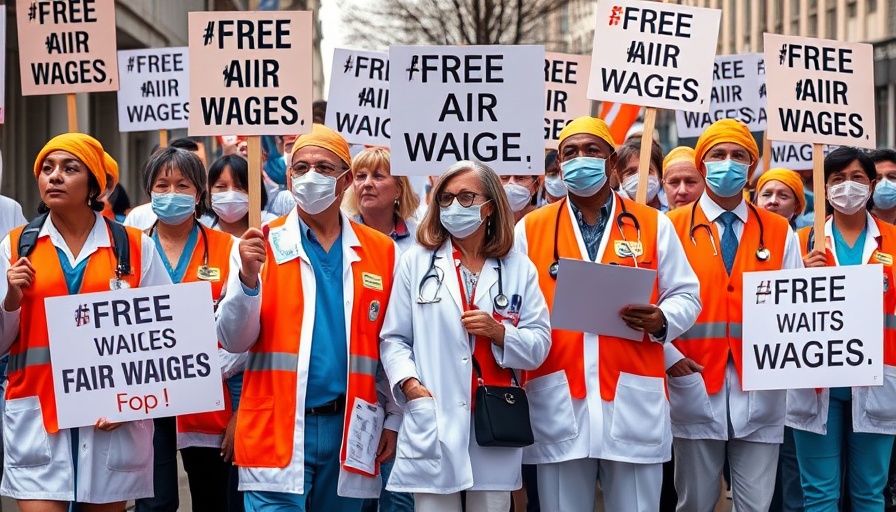
New science centre aims to combat future pandemics
With a significant investment on the horizon, the UK is gearing up to bolster its pandemic preparedness through a revolutionary facility. The National Biosecurity Centre, set to rise in Harlow, Essex, is more than just a research hub; it’s a strategic shield designed to fend off the next global health crisis.
What’s at stake?
This multi-billion-pound project is a response to the harsh lessons of Covid-19. Health Secretary Wes Streeting made it clear: rapid response is essential. The facility aims to merge cutting-edge scientific research with innovative vaccine production, directly addressing the failures that arose during the pandemic. By consolidating existing research centres, the UK Health Security Agency (UKHSA) hopes to create a collaborative environment that maximizes resources and expertise.
Why Harlow?
The choice of Harlow as the location for this ambitious project is strategic. Not only is it set to become a scientific hub, but it also positions itself at the center of national health security efforts. By creating 1,600 jobs during construction, this initiative promises both economic stimulation and the boosting of health research capabilities. This is about more than just labs—it’s about building a fortress against future threats to public health.
Connecting science with society
The new NBC isn’t merely an isolation of scientific inquiry; it’s a bridge for collaboration. Partnerships between scientists and the pharmaceutical industry could lead to breakthroughs in treating diseases. In a time where misinformation spreads quickly, having a reliable institution to manage public health risks is invaluable. The urge to reconnect science with the everyday citizens of Leicestershire and beyond is palpable—the knowledge that facilities like this aim to protect us is a powerful tool in public trust.
The financial commitment
The government's pledge of £250 million over the current parliamentary term signals a serious commitment to biosecurity. This initial funding will kickstart a project that could set the standard for future governmental health initiatives. With the international community eyeing the UK as a potential life sciences superpower, this centre symbolizes ambition and leadership. The total investment may well eclipse initial forecasts, but it’s a necessary gamble for future health security.
What can we expect?
Realistically, the center won’t open its doors until 2038, but elements are expected to commence operation in the mid-2030s. As researchers tackle dangerous pathogens in a dedicated setting, the facility promises to stay ahead of emerging health threats. Such foresight can not only save lives but also restore public confidence in health institutions.
Anticipating future challenges
As we look at the landscape ahead, one cannot help but think of potential pitfalls. The sprawling web of global health is interconnected; one pathogen can shift the balance. While the NBC will focus on direct threats, its success relies on international cooperation in health security, something that has proven to be complicated in the past. The pressure to deliver effective strategies cannot underestimate the complexities of ethical considerations in medical research and pharmaceutical practices.
This affects you, Leicestershire
For health-conscious people in Leicestershire, this development has immediate implications. Improved pandemic readiness could mean fewer disruptions to daily life, better health outcomes, and a community that feels more secure. Knowing that cutting-edge research is evolving locally could inspire young scientists and healthcare professionals to emerge from the region.
Investing in a health crisis tool like the NBC is a step forward, but it’s essential for residents to stay informed and engaged. The more people advocate for transparency and innovation within their health systems, the more resilient communities can become.
 Add Row
Add Row  Add
Add 




Write A Comment